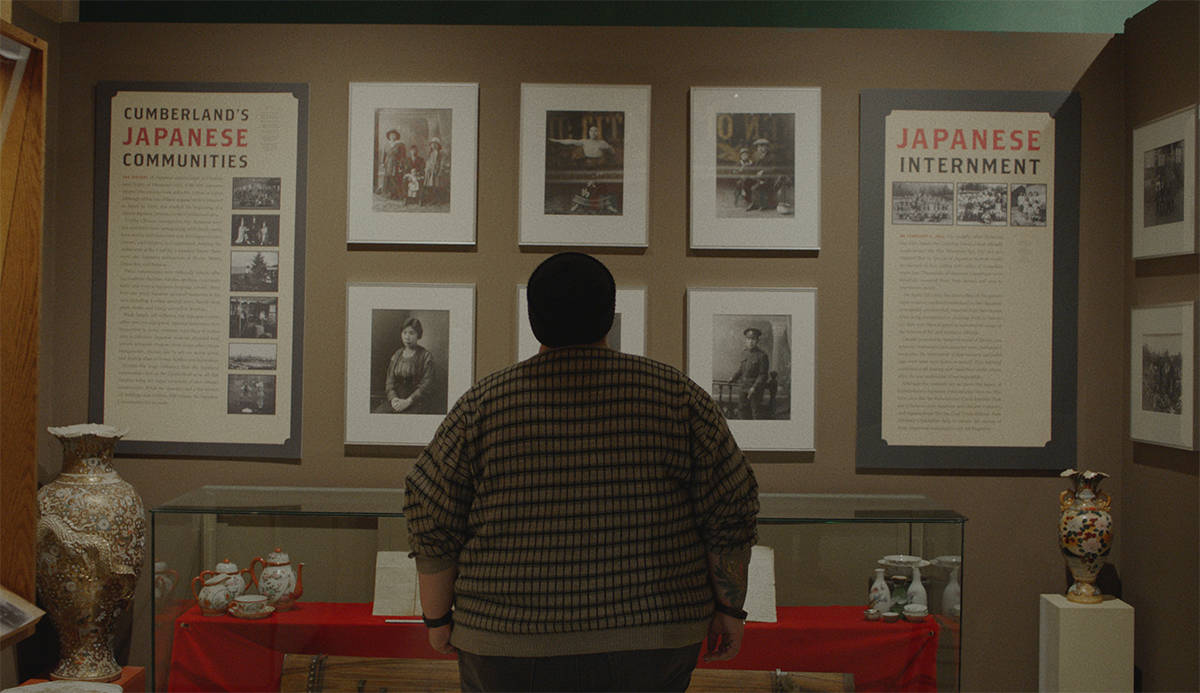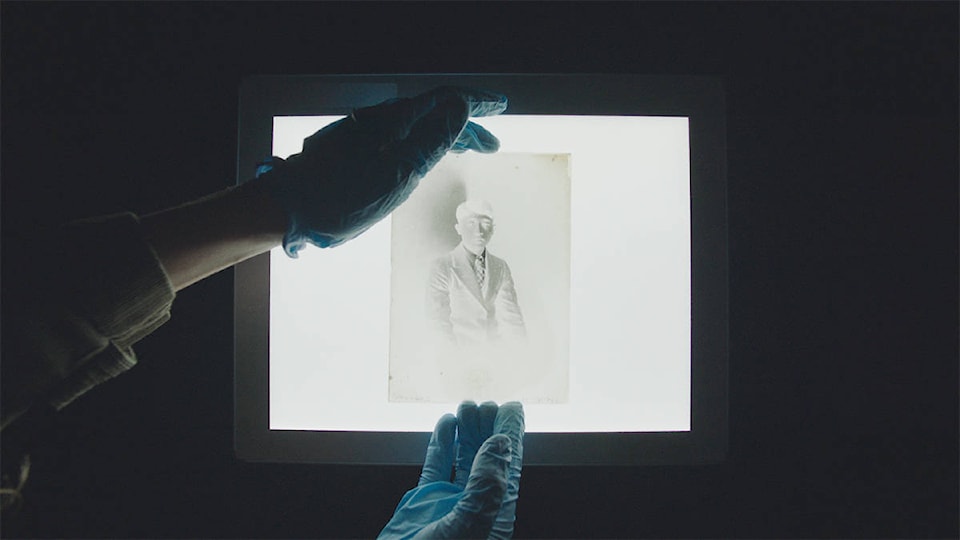Some say history is written by the winners. Sometimes though, it’s not even written so much as captured through images.
This theme underlies a recent film that examines the early life of Cumberland as chronicled through the lens of a local photographer, Senjiro Hayashi.
Hayashi Studio, a film by Vancouver filmmaker Hayley Gray, turns the lens on Hayashi as a subject, and through his story, the film examines the histories of communities that were often ignored.
Obviously, this means the Japanese settlers in Cumberland in the early days of mining and forestry but also those of other ethnic groups in the community. The photographer used his camera to capture the lives of every race, class and gender in the early 20th century.
Hayashi was crucial in documenting the life of all groups in the young community, often through portraits but sometimes through photographs of events, such as the funeral of labour leader Ginger Goodwin – a photograph that almost never happened, according to one of Hayashi’s descendants.
The film is part of a full slate for the upcoming World Community Film Festival, and it will also be getting a pre-screening at the Immigrant Welcome Centre in Courtenay on Jan. 23.
RELATED STORY: Film festival in Comox Valley approaches 30 years
Through the film, Gray talks to a range of people from anthropologists to historians to the descendants of the early Japanese-Canadians. Everything changed, of course, after 1942 when Japan entered the war, and Japanese-Canadians were forced into internment camps – a development that changed the fabric of the community.
Resident and local historian Florence Bell appears in the film and recalls her younger days while attending Minto School along with her friendships with the Japanese children.
“They joined in on everything in the community,” she says.
She estimates about two-thirds of the students were Japanese, and they would end their regular school days by heading to Japanese language classes, but she recalls them fondly.
“They were all our friends,” she says. “We didn’t consider them any different.”
Her class picture shows the effect of the internment, as the number of students is cut in half from the 1941 photograph to the 1942 photograph.
Gray came across her subject while working on a documentary project with a non-profit to learn about some of the hidden histories of ghost towns or small communities in B.C.
“We went to a bunch of them, but the one that really got me was coming to Cumberland,” she says. “Once I saw Hayashi’s photos, I thought … more people need to know about this.”
The director saw them in early 2018. They lined up funding in the summer and started shooting the film in the fall. The film was released in July 2019, and it’s even being shown on Air Canada flights of late. Now, she is developing a feature-length film, Unarchived, with the National Film Board about similar community histories that need to be brought to light.
In a way, it’s almost an accident the film could even be made. Many of the Hayashi photos, themselves, were hidden away for years, but they started to reappear in people’s attics or at garage sales. Since being rediscovered, they have become part of the collection at the Cumberland Museum and Archives, and they have been exhibited to provide a glimpse into a part of the region’s history of which many people were unaware.
RELATED STORY: Plenty planned in Cumberland for Heritage Week
Bell, though, never forget about those years and did her best to stay in touch with the community.
“I still write to them,” she says. “Because I lived through that, it’s easy to remember.”
The film plays at the film festival on Feb. 1 at 11:35 a.m. at the Filberg Centre. The special pre-screening at the Immigrant Welcome Centre on Jan. 23 is public, and Flo Bell will be on hand. Seating is limited, so anyone interested should call 250-338-6359 to reserve a seat and find out the screening time.
mike.chouinard@comoxvalleyrecord.com
Like us on and follow us on .




